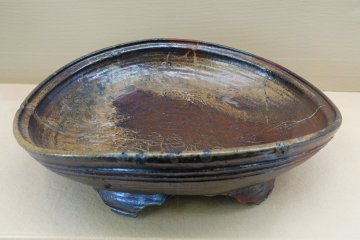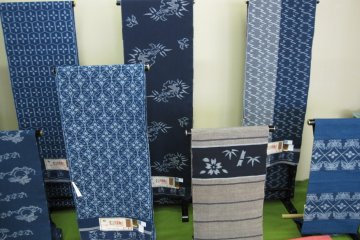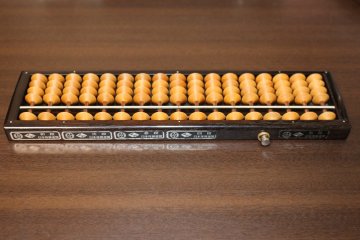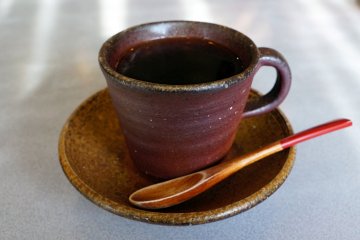Overview
The five prefectures of Japan's Chugoku region - Hiroshima, Okayama, Shimane, Tottori and Yamaguchi - are home to a fascinating variety of traditional crafts. These crafts range from practical textiles and mathematical abacuses to ancient pottery traditions and calligraphic inkstones. Here is a simple introduction to these and more traditional crafts of Chugoku.
Hiroshima
Kumano fude brushes from Hiroshima prefecture are characterised by the gentle roundness of their tips. Made from the hair of any number of animals including horse, deer or raccoon, the brushes are crafted with traditional techniques that require over seventy distinct steps, most of them done by hand. The brushes, once calligraphic ones, are now also crafted for different purposes.

Okayama
With its high temperature firing, Bizen-yaki pottery from Okayama prefecture is very hard with a powerful earthen-like colouring and texture. One of the main traditions of Japanese pottery, Bizen ware doesn't use glazing, which makes the style somewhat unique, allowing the clay's rustic sensibilities to shine through.

Shimane
Made from all natural materials, the Unshu soroban from Shimane prefecture are possibly the top abacuses in the nation. Uniformity of design sees each component of the abacus crafted from special woods from differing regions of the country. The beads used with these are known for their ability to 'stick' to the fingers.

Tottori
Traditionally popular with farmers, Yumihama-gasuri textiles from Tottori prefecture have always been noted for their practical usage and strength of fabric. Woven with special threads, the material has historically been coloured navy blue with white patterning. In more modern times, the fabric is now used to create a whole raft of products.

Yamaguchi
Filled with quartz and iron, Akama suzuri inkstone is not only firm and smooth for calligraphic artists to work but is also soft enough for the inkstone craftsperson to create. With their deep knowledge of stone, Akam suzuri craftspersons are known for quarrying the material themselves, creating a work of that is personalised from start to finish.













